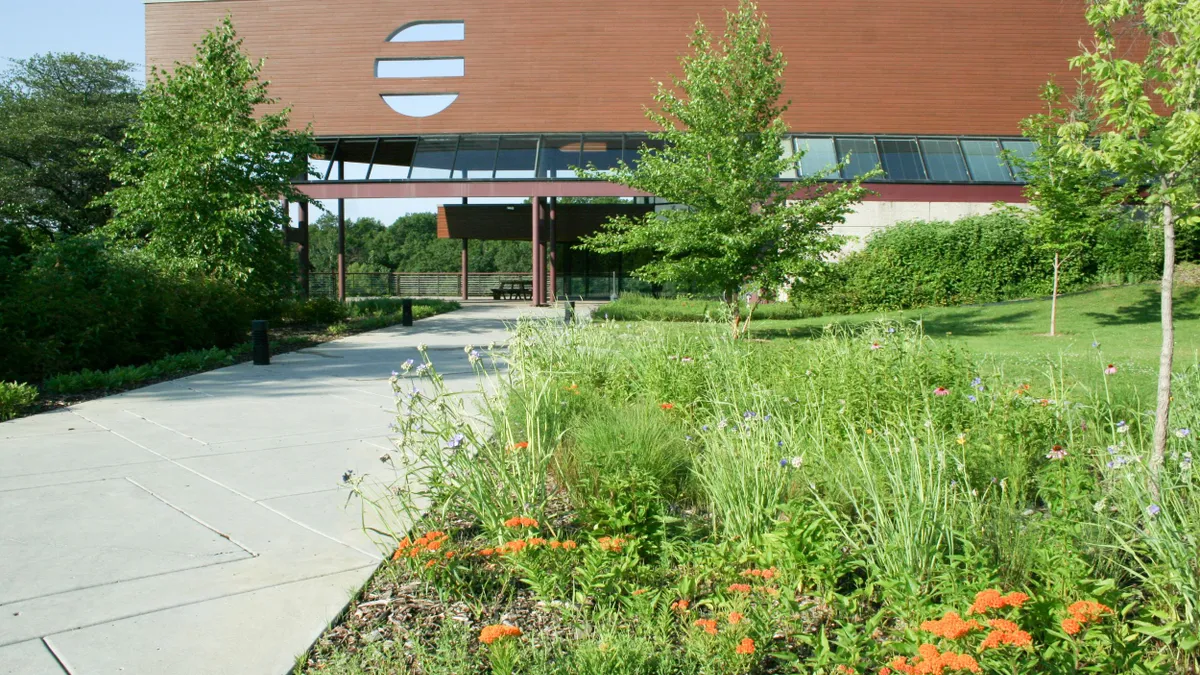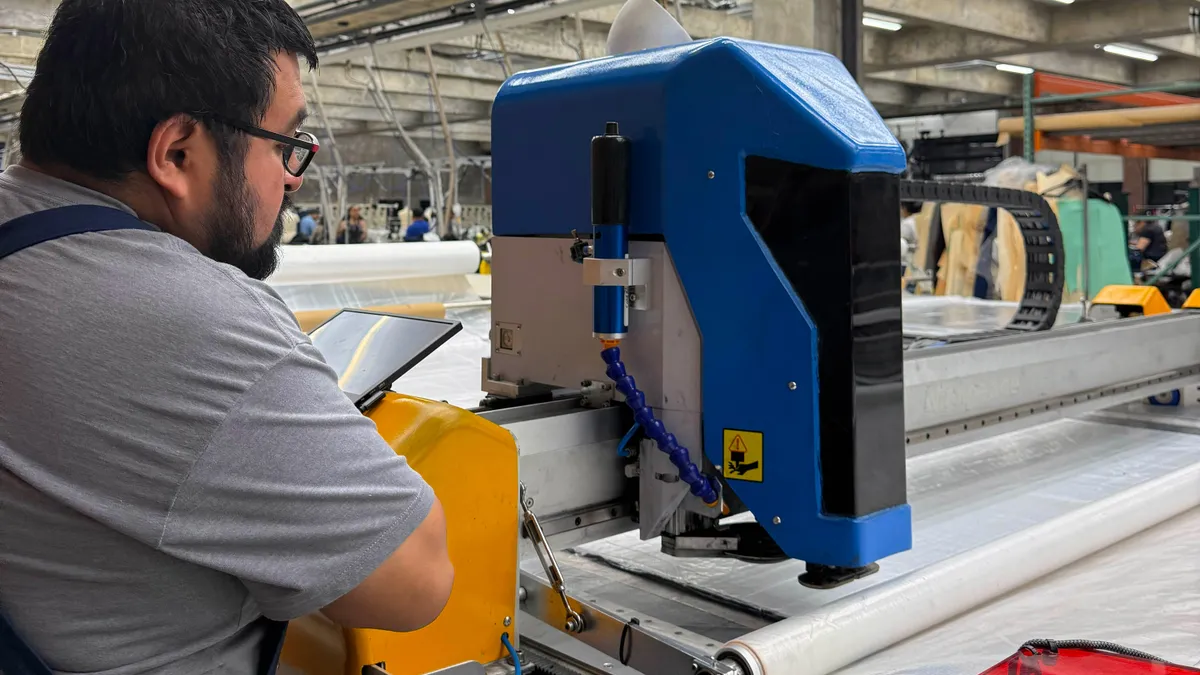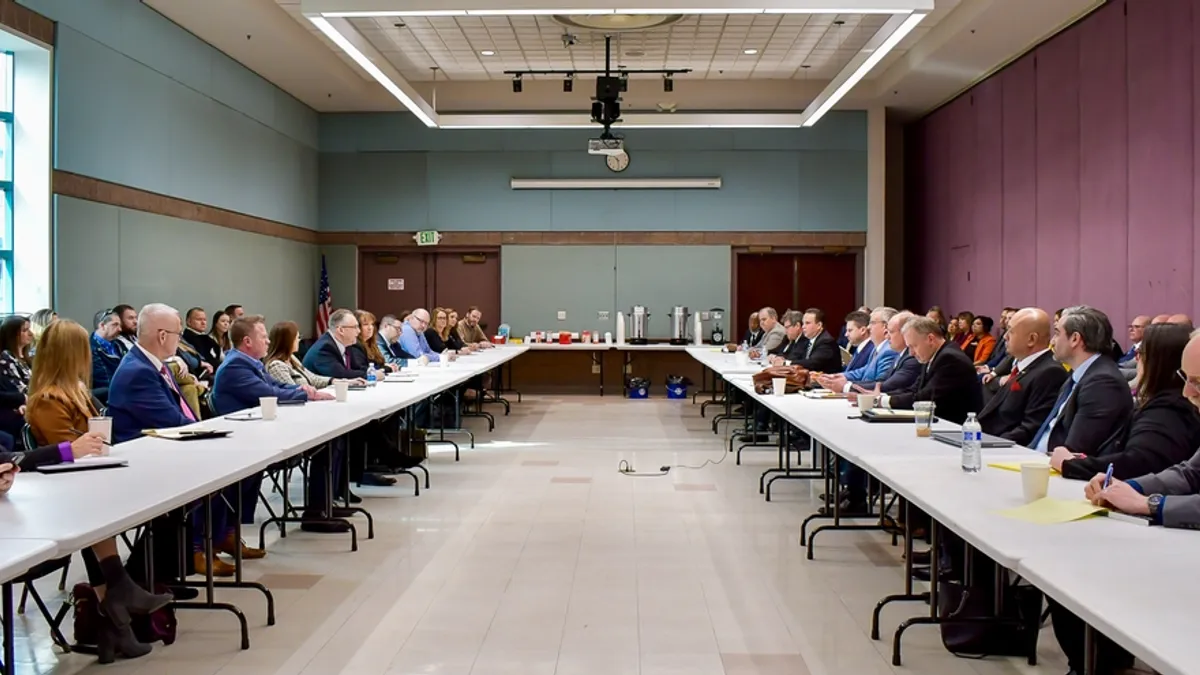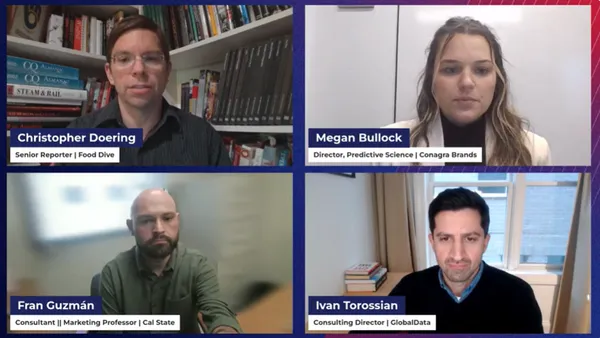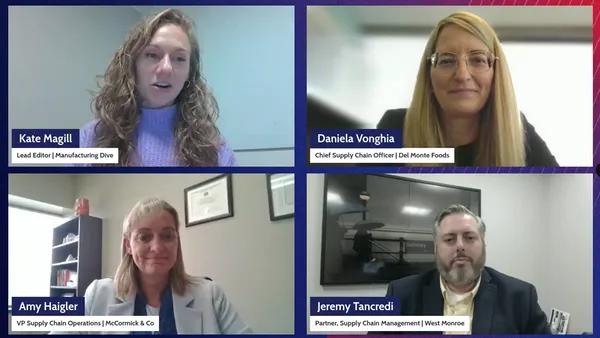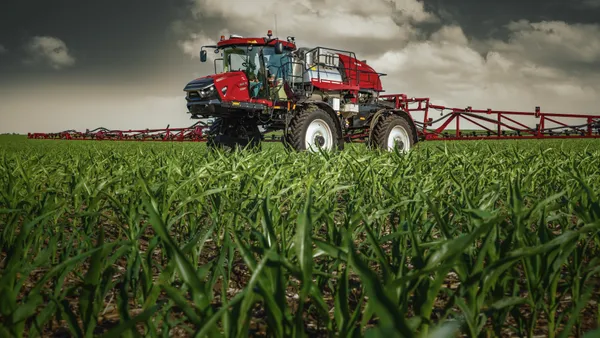Dive Brief:
- Adhesive manufacturer H.B. Fuller said it plans to reduce its production footprint from 82 to 55 facilities by 2030 as part of an ongoing restructuring effort.
- The St. Paul, Minneapolis-based company is also looking to scale back its warehouses in North America from 55 to 10 over the next three years.
- H.B. Fuller’s plan is expected to yield about $75 million in annual cost savings once it’s fully implemented in fiscal year 2030, according to the company’s Q4 2024 earnings report.
Dive Insight:
The company expects to sell or shutter 16 facilities by the end of 2025, which has been in motion over the past couple of years, President and CEO Celeste Mastin said in a Jan. 16 earnings call.
In March 2023, the company announced plans to close two manufacturing facilities in North America and Argentina. Four months later, H.B. Fuller announced it was closing three more plants that were part of a deal to acquire industrial adhesive manufacturer Beardow Adams.
H.B. Fuller sold its flooring business in December 2024 to private equity firm Pacific Avenue Capital Partners, which included six plants in the deal. The divestiture is part of H.B. Fuller’s plans to reorganize its building and construction segments.
“These actions will not only reduce costs through improved capacity utilization, they will also enable us to reduce future capital expenditure requirements and better serve our customers,” Mastin said.
Still, the scale-down is a work in progress, EVP and CFO John Corkrean said on the call. The company expects to save $5 million this year in addition to a recurring $8 million in savings when they initially announced the restructuring plan in March 2023 to optimize operations and integrate acquired businesses.
“I think that number steps up to closer to $20 million in 2026,” Corkrean said. “And then I would say it’s kind of pro-rata over the next three years to get to the $75 million run rate.”
With the restructuring, the adhesive maker aims to achieve greater than 20% margin profitability and financial performance. While Mastin is proud of the progress H.B. Fuller made in fiscal year 2024, she’s also disappointed the company was unable to finish the year as strong as expected, she said in the release.
H.B. Fuller generated revenue of $3.6 billion in fiscal year 2024, up 1.6% over the previous year. Net income fell 10% to $130 million over the same period with an adjusted EBITDA at $594 million, up 2.2% YOY and the adjusted EBITDA margin expanded YOY to 16.6%.
During Q4, revenue totaled $923 million, up 2.3% year-over-year. H.B. Fuller posted a net loss of $7.4 million driven by higher raw materials costs and unfavorable pricing compared to last year.
“Yes, it is an aggressive plan, I think it’s also a very achievable plan,” Mastin said. “But when you think about it from a big picture, we’ve got a big global footprint. And within that footprint, there is redundancy in some technology production in some regions, but there’s also opportunities for us to grow capacity for some technology in regions where we may not have enough where we may not be able to grow in an end market as fast as we would like.”



